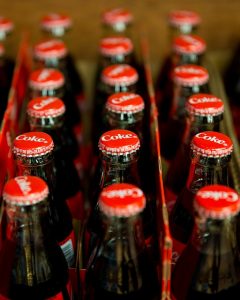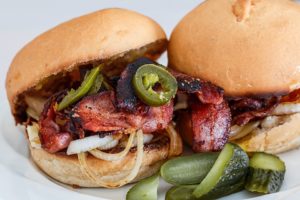 Here is an interesting study that many parents will find important. Researchers at the University of Pennsylvania have found that simple food label warnings on soda makes teenagers much more likely to avoid these sugary drinks. Researchers used an online survey to see what drinks 2000 participants most loved. The participants were between 12 and 18 and were from diverse backgrounds.
Here is an interesting study that many parents will find important. Researchers at the University of Pennsylvania have found that simple food label warnings on soda makes teenagers much more likely to avoid these sugary drinks. Researchers used an online survey to see what drinks 2000 participants most loved. The participants were between 12 and 18 and were from diverse backgrounds.
The beverages either had no label on them, or one of five warning labels. One featured the calorie content and four had various types of warning labels. 77% of the people who didn’t see a label said they would select a sugary drink in a hypothetical situation they were given. When there was a health warning on the drink, participants were 8-16% less likely to take it.
62% of the participants also said that they would support having warning labels on sugary drinks. As Dr. Eric VanEpps, a researcher at the Perelman School of Medicine at the University of Pennsylvania, said, “ The influence of warning labels on the purchasing intentions of teenagers in this study highlights the need for nutrition information at the point of purchase to help people make healthier choices.”
He continued, “This study shows that warning labels can affect teenagers’ beverage preferences, and future research will be needed to determine whether these labels are similarly effective in more typical purchasing environments.”
Their findings appear in The American Journal of Preventive Medicine and could certainly influence policy decisions about labeling drinks.



